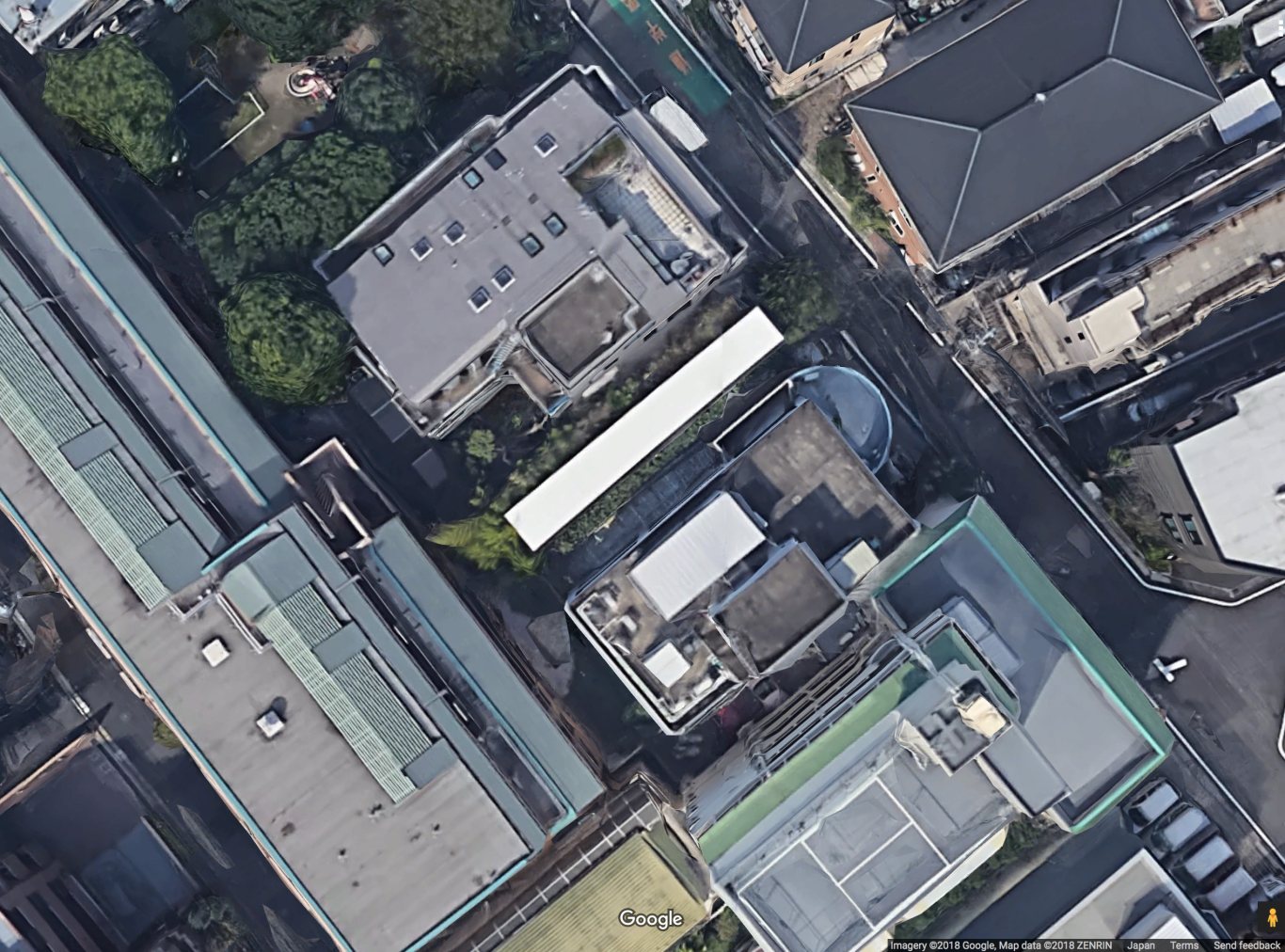House in Takadanobaba
Shinjuku, Tokyo, Japan, 2010—2011
Not only in the context of a culture so based on the transitoriness of nature, being able to live with the seasons in the middle of today’s Tokyo is true luxury.
The inside is nothing but a fold of the outside.
—Michel Foucault
The House in Takadanobaba is a departure from understanding housing as enclosing: The urban exterior continues in an open fold of fluidly interconnected spaces for living in the interior of the exterior.
The site for this private residence is an urban gap left over from relentless sub-divisioning, a 22m deep yet only 4.7m wide strip squeezed between built masses in central Tokyo. When the brief asked for a wide open living space where breathing within the confines of the city was possible, we proposed an architecture of the exterior that claims the space around it by extending beyond its limits.
Moving through the building reveals strikingly different atmospheres along the three levels’ alternating orientations. As there are no partitioned rooms, the sites’ unusual depth is felt and emphasised on each level. Soft fabrics countering the hardness of the concrete add layers of ambiguous spatial nuances.
Structural Openness
The conceptual openness is achieved by dissolving structural rigidity into a liberating play of alternating pin connections. The floor-wall-ceiling fold becomes a structurally continuous frame that is held both apart and together by a few incredibly fine steel columns: 80mm diameter on the first and second, 60mm on the third floor. The wall between the columns functions like a tall beam. Lateral torsion by seismic forces is countered by the structure making use of the building’s length of 18 metres. Seismic shear forces are transmitted downward via the concrete fold and the lateral torsion that occurs during earthquakes is countered by the cross-section’s flat beam-column composite.
Urban Field of Folds
In redefining inside and outside, a field of folds might create pervious continuities in a city of gaps freeing us from the suffocating massiveness of our urban environments.
For more, follow our Picture Book Chronology on the House in Takadanobaba
Shinjuku, Tokyo, Japan, 2010—2011
Type
Status
Team
Florian Busch, Sachiko Miyazaki, Momoyo Yamawaki
Structural Engineering: OAK (Masato Araya, Tomonori Kawata)
Mechanical Engineering: ymo (Hiroyuki Yamada, Natsumi Tsuchiya)
Environmental Engineering: ymo (Hiroyuki Yamada, Natsumi Tsuchiya)
Textile Design: Yoko Ando
Contractor: Yabusaki Corporation
Size
GFA: 153 m²
Terrace: 26 m²
Structure
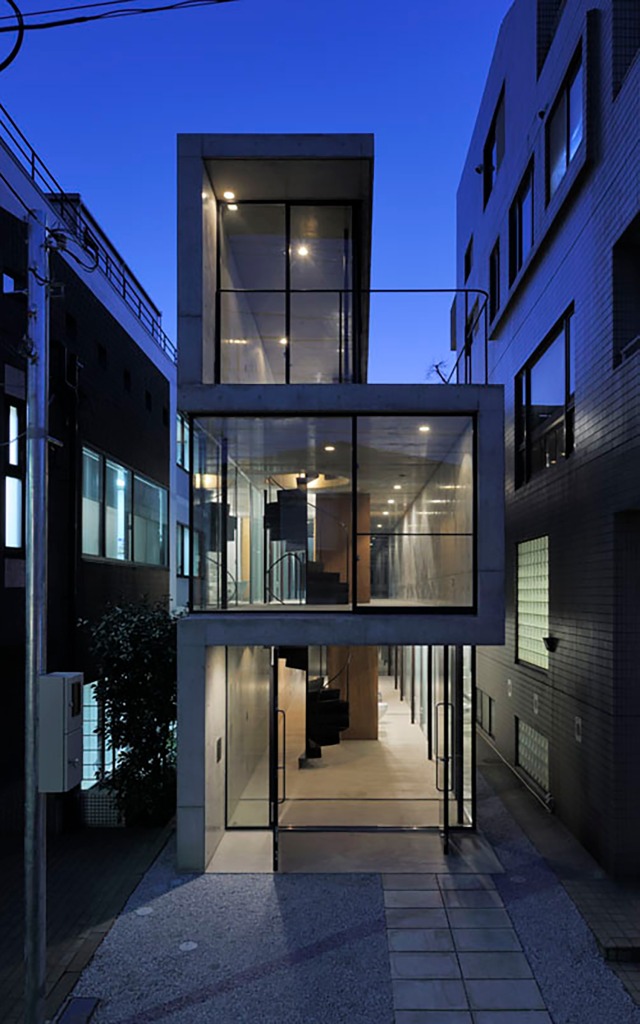
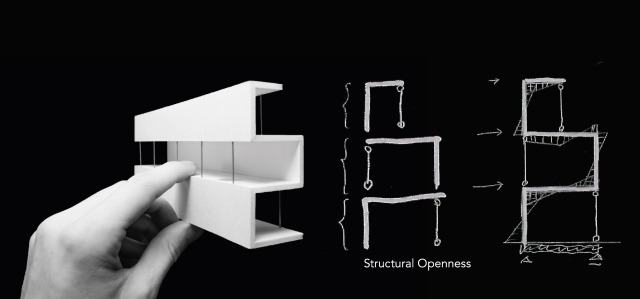

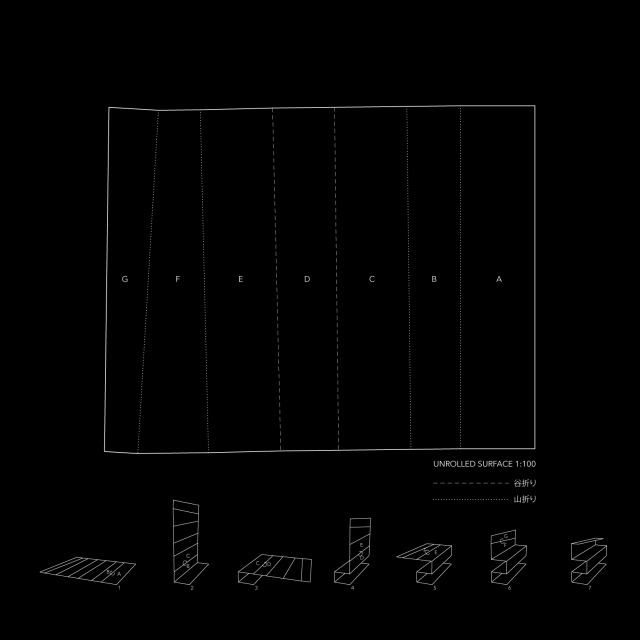


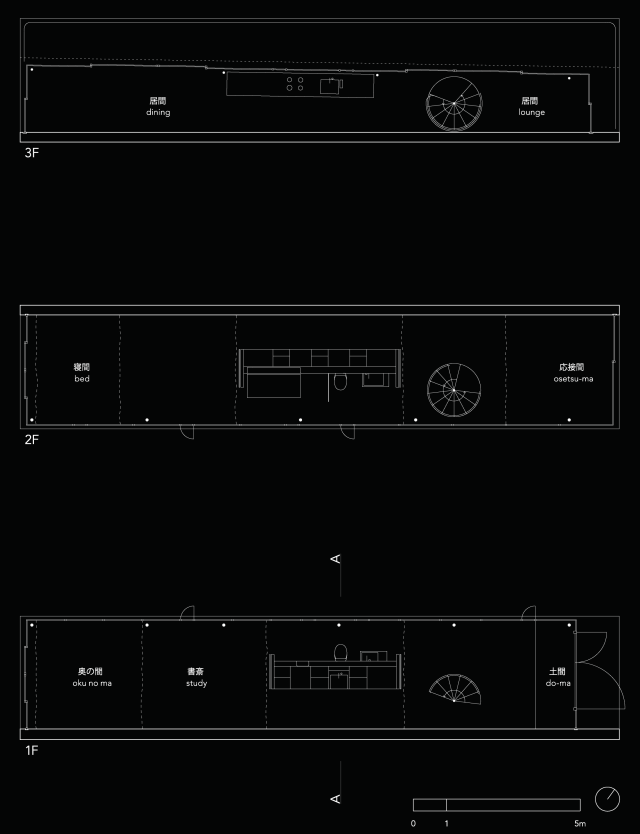
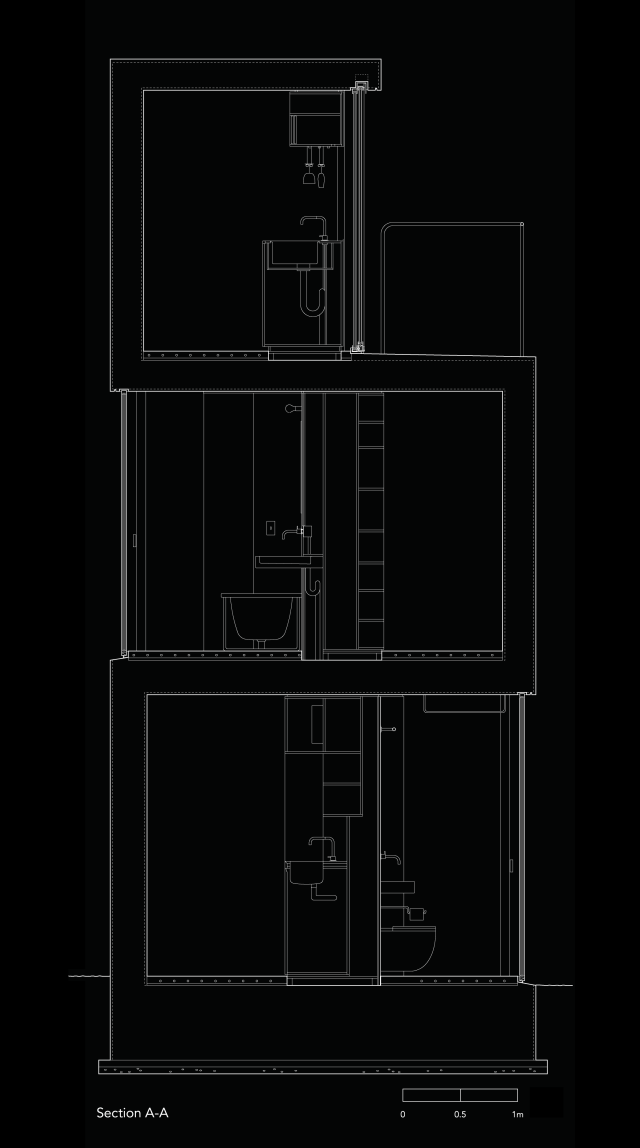
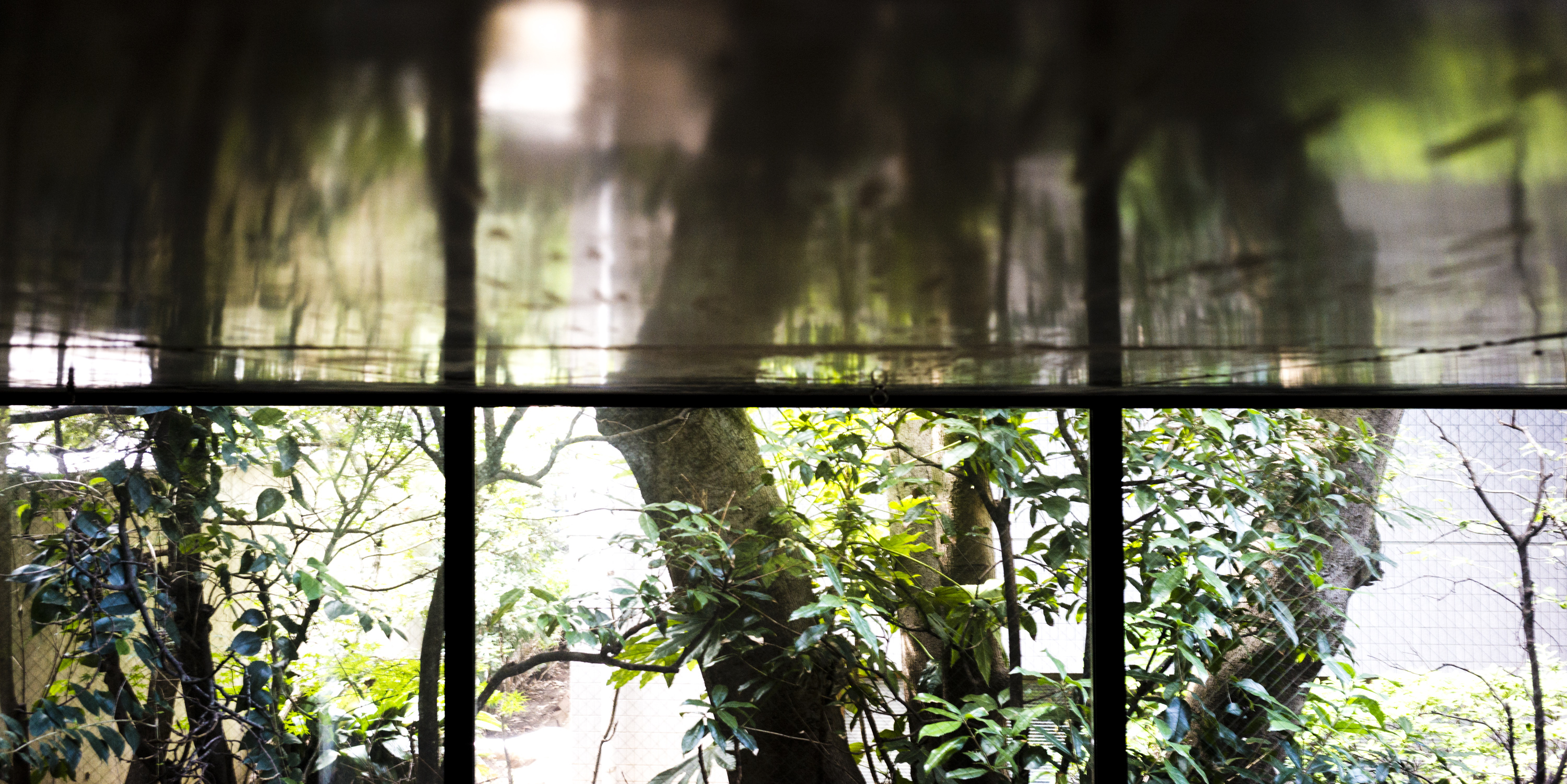
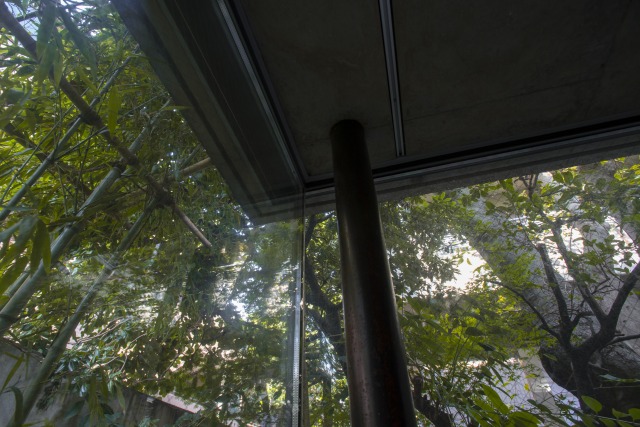
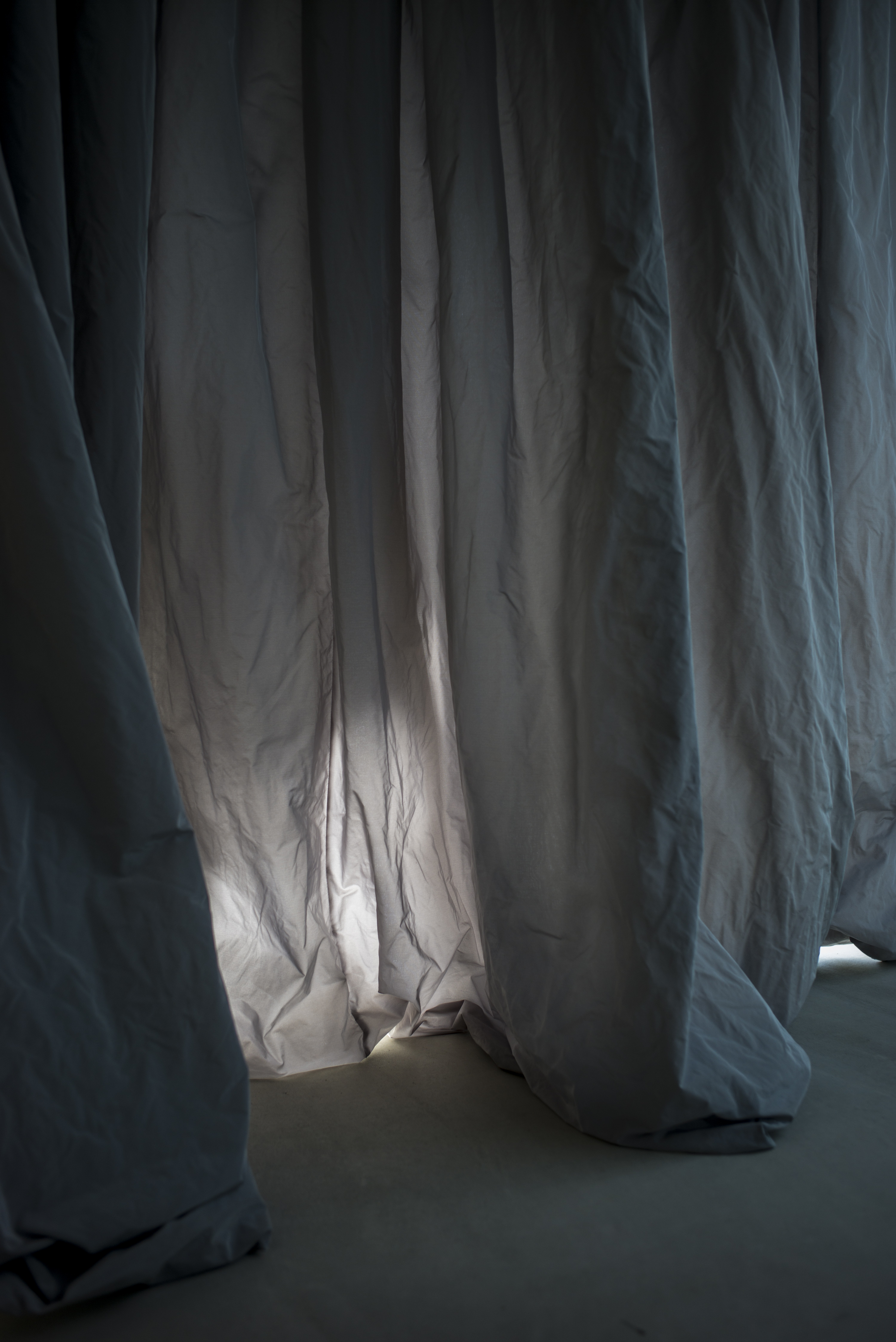
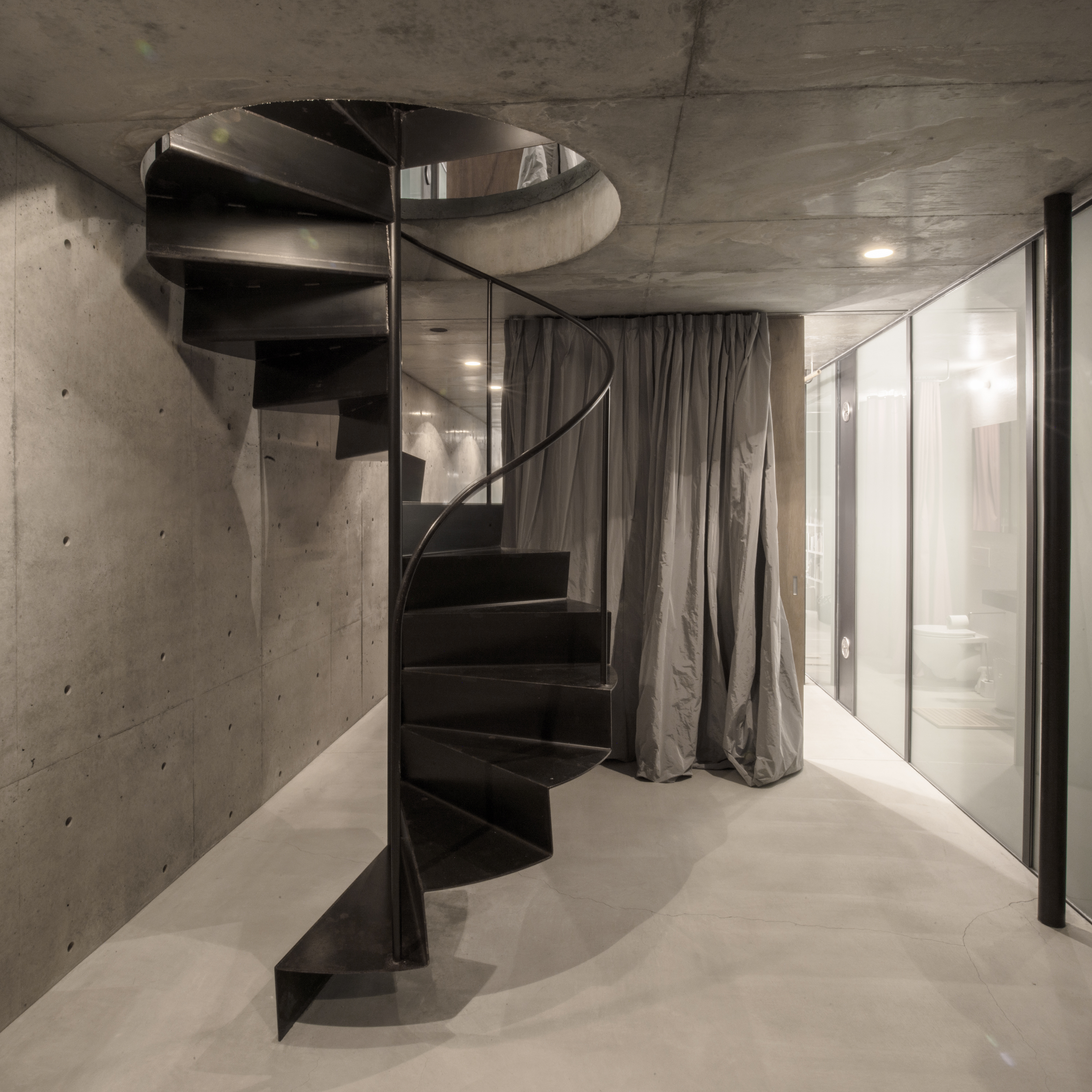
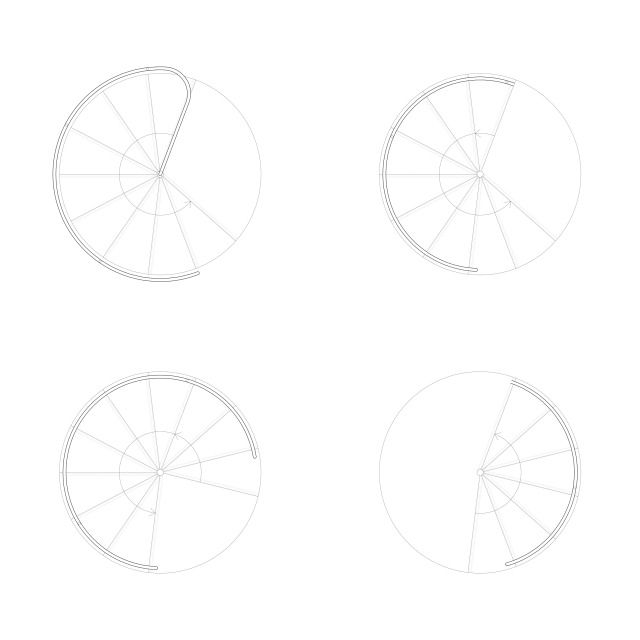
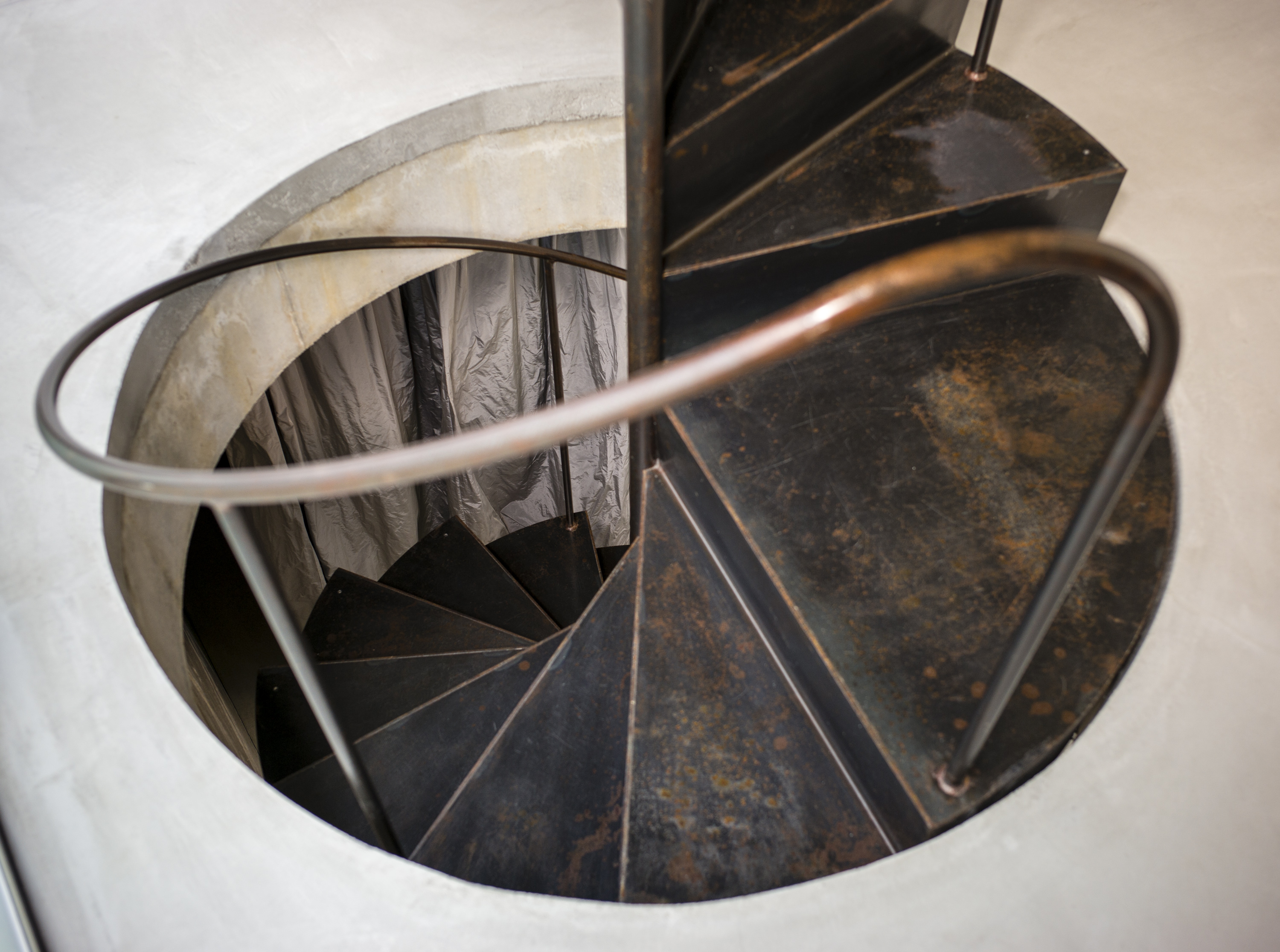
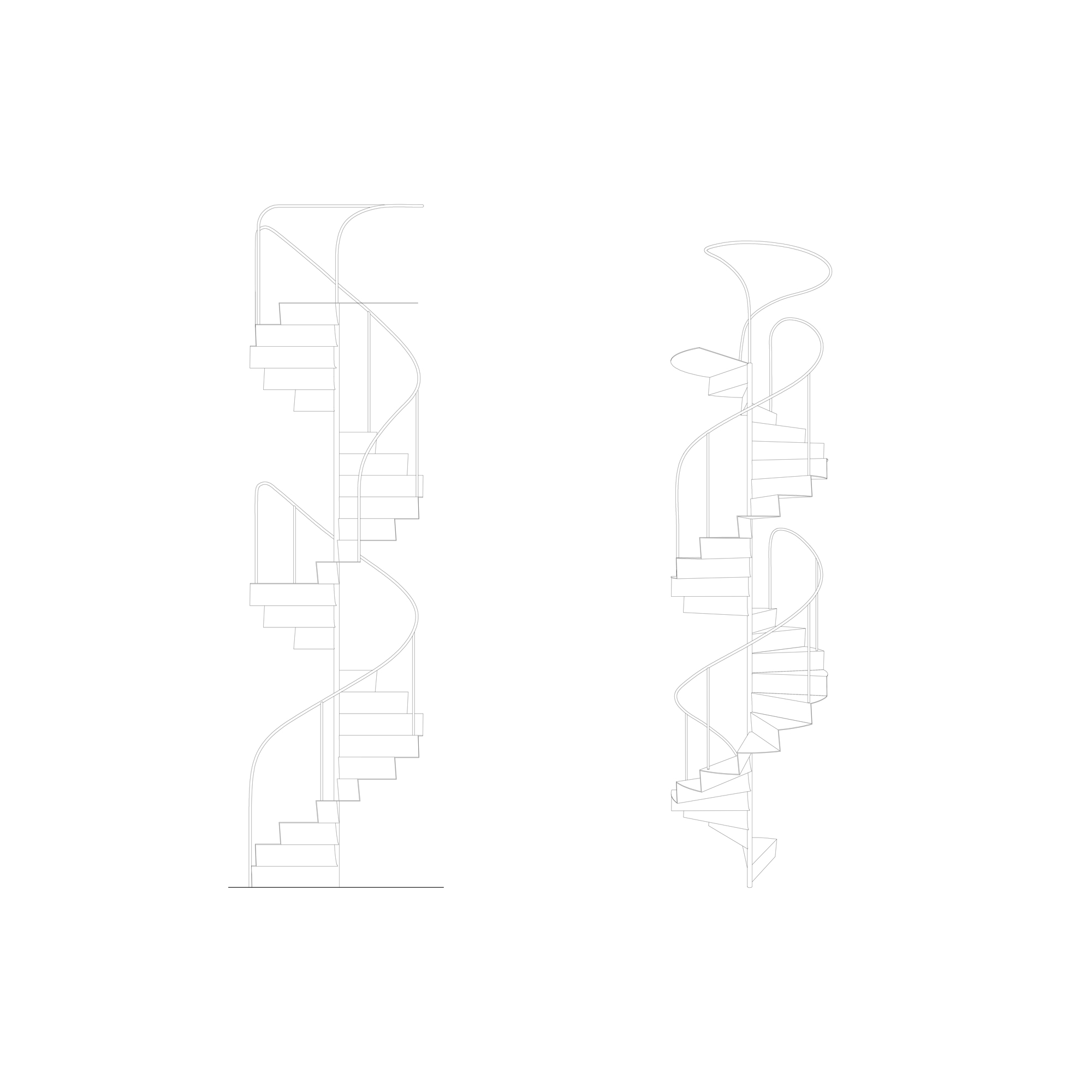
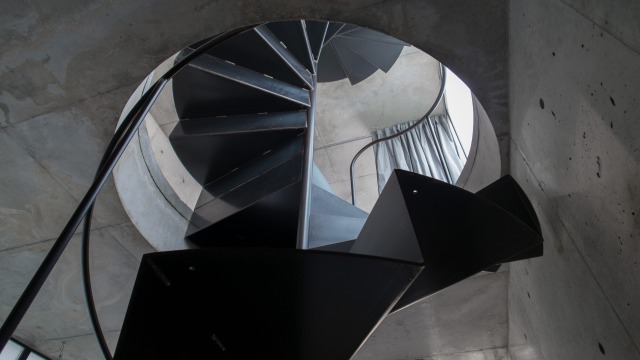
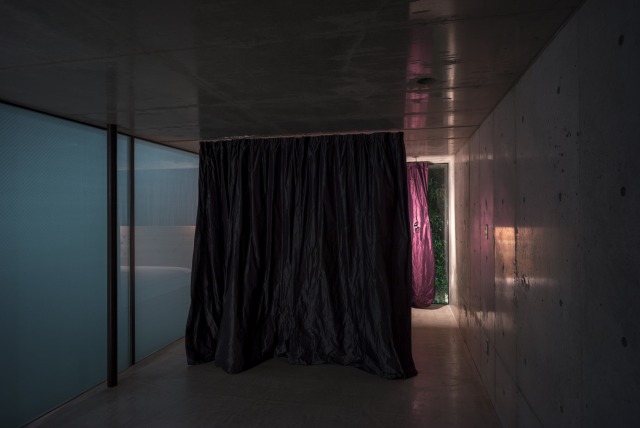
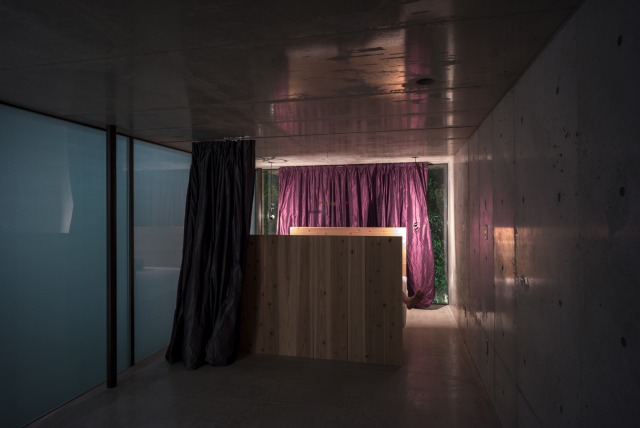
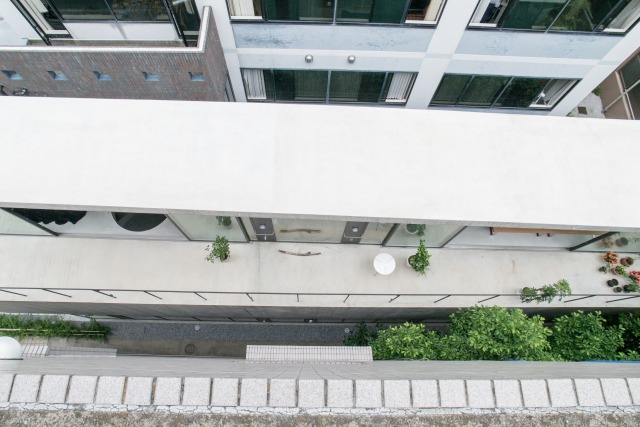
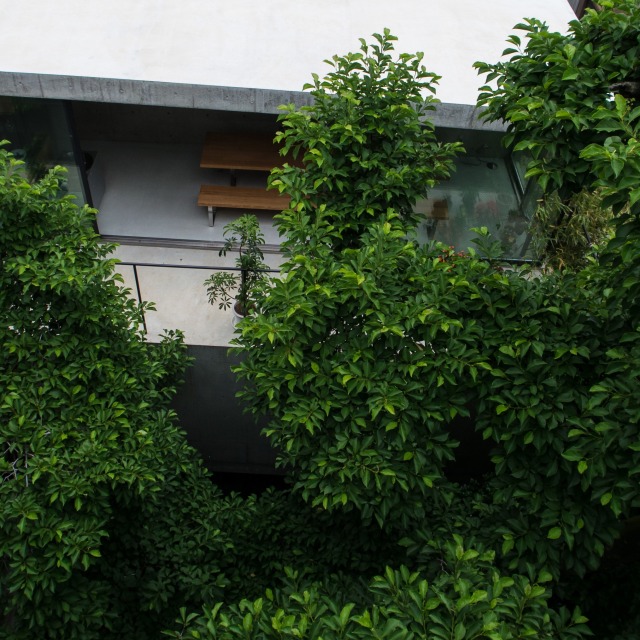
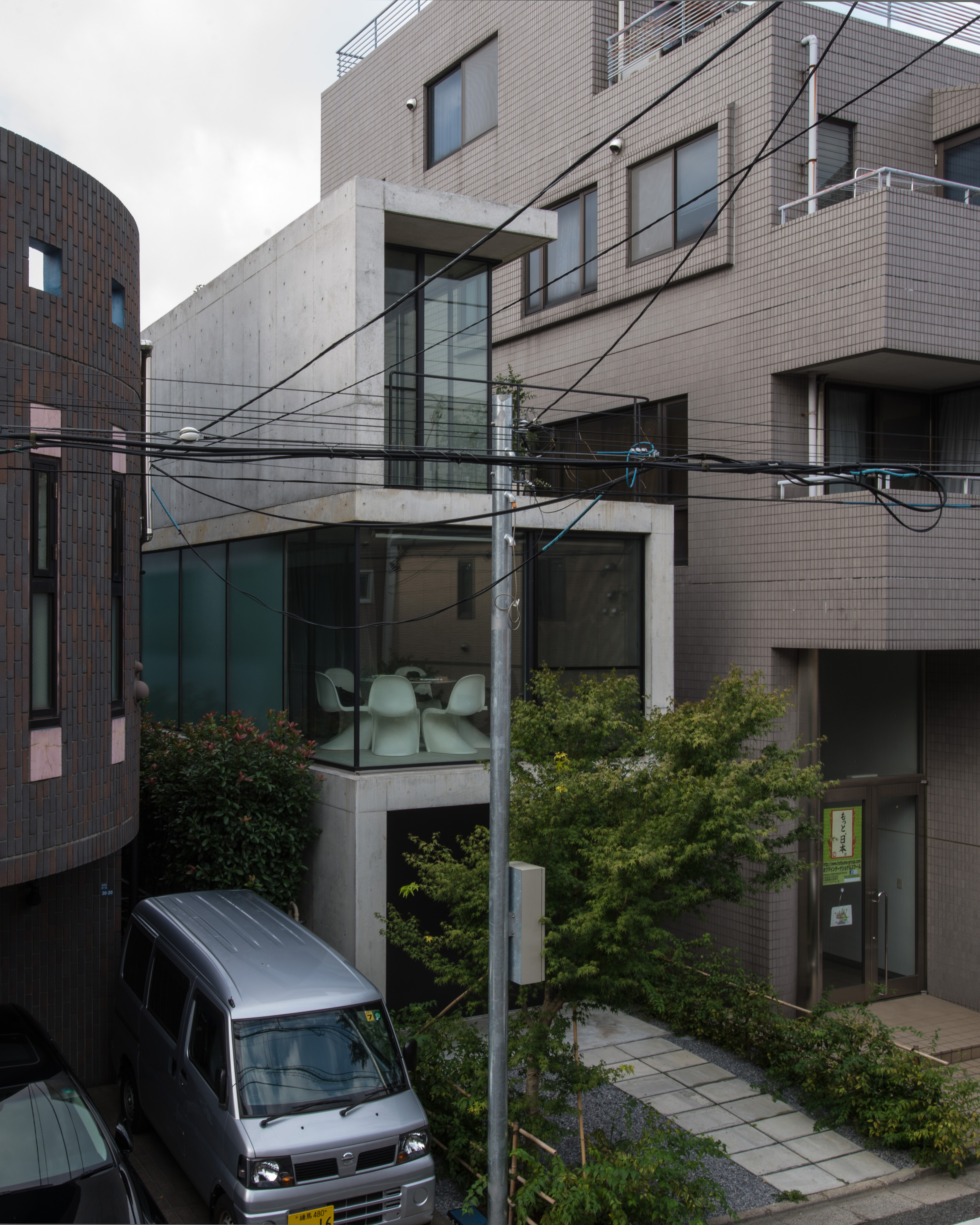
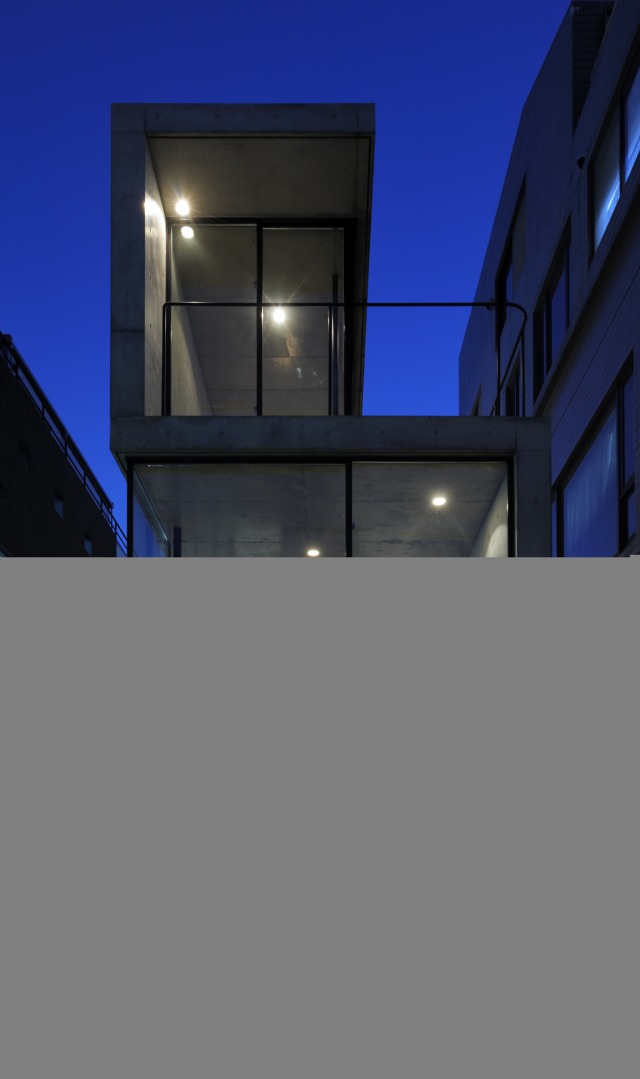
publications
- My Bauhaus | Mein Bauhaus, 2018
- Against the onslaught: Florian Busch on Tokyo’s architectural ecosystem, 2018
- FBA | selected works | Vol. 1, 2016
- Jutaku: Japanese Houses, 2016
- Portrait of Florian Busch in AD: Best of Germany, 2013
- Architecture Now! Houses 3, 2013
- FBA | selected works, 2012
- House in Takadanobaba | Leibal, 2012
- House in Takadanobaba on archdaily.com, 2012
- L4 House Design, 2012
- House in Takadanobaba | designboom, 2012
- The inside of the outside – Living in an urban landscape, 2011
- Japan Times: Bending the rules with architecture, 2011
Related Projects:
- House W in Nakafurano, 2022—2024
- House of Voids, 2022—2024
- House in Sanbancho, 2023—2024
- Nobori Building, 2021—2023
- House I in Arishima, 2020—2023
- House in Nagatadai, 2021—2023
- Villa T, 2021
- I House in Izu-Kogen, 2019—2021
- Hirafu Creekside, 2021
- House in the Forest, 2017—2020
- Y Project in Kagurazaka, 2017—2018
- K House in Niseko, 2015—2017
- S House in Chiba, 2011—2015
- Our Private Sky, 2013
- L House in Hirafu, 2010—2013
- BL Project, 2012
- ‘A’ House in Kisami, 2009—2012
- House that opens up to its inside, 2011—2012
- House in Takadanobaba, 2010—2011
- F&F Project, 2011
- House on the Slopes, 2011
- Toké 7, 2010
- Two Roofs in the Snow, 2009—2010
- House in Karuizawa, 2009
- RG Project, 2009
